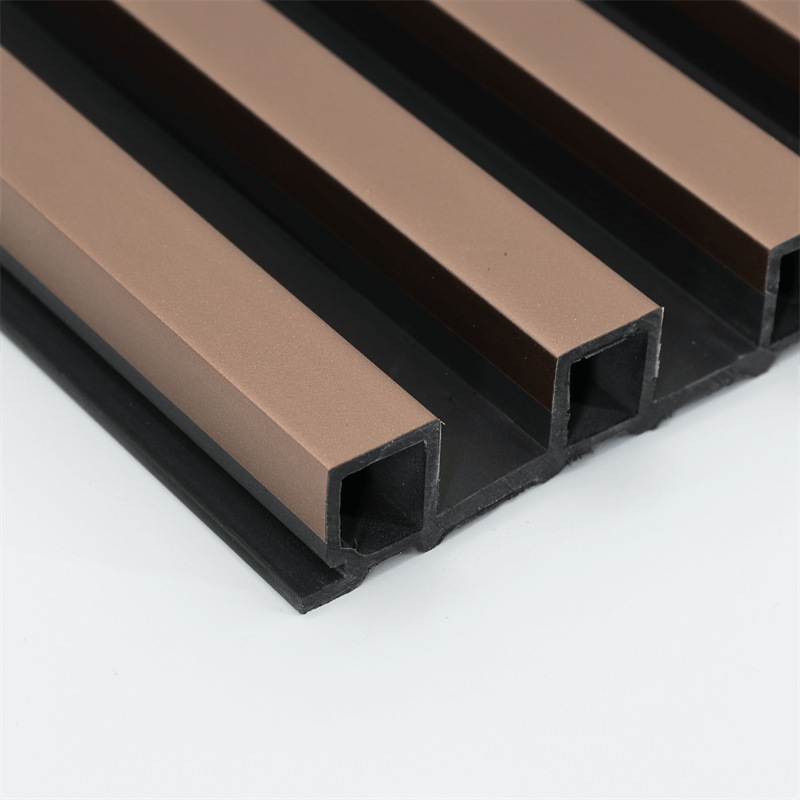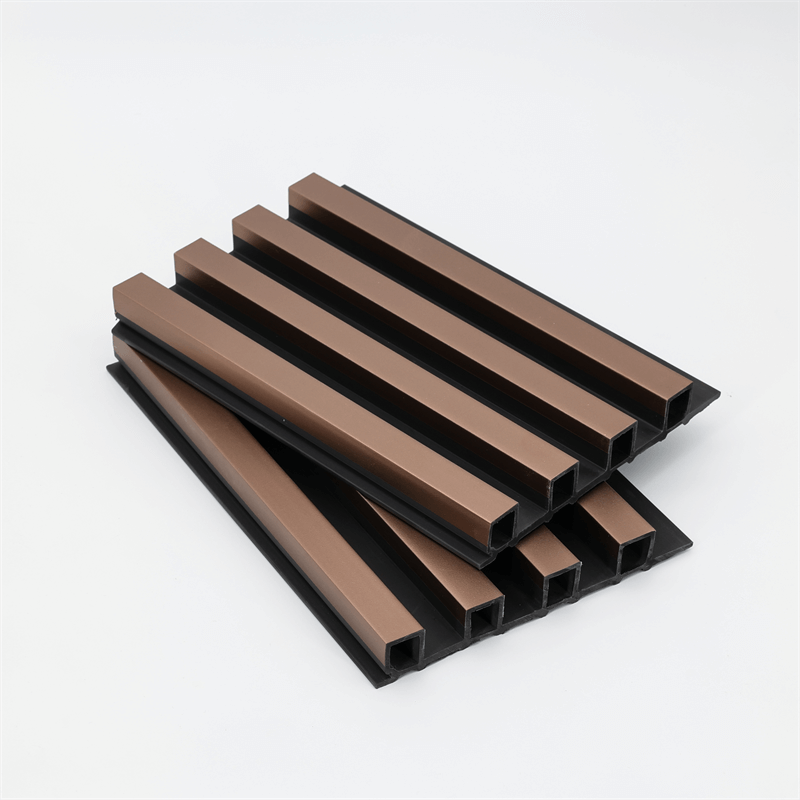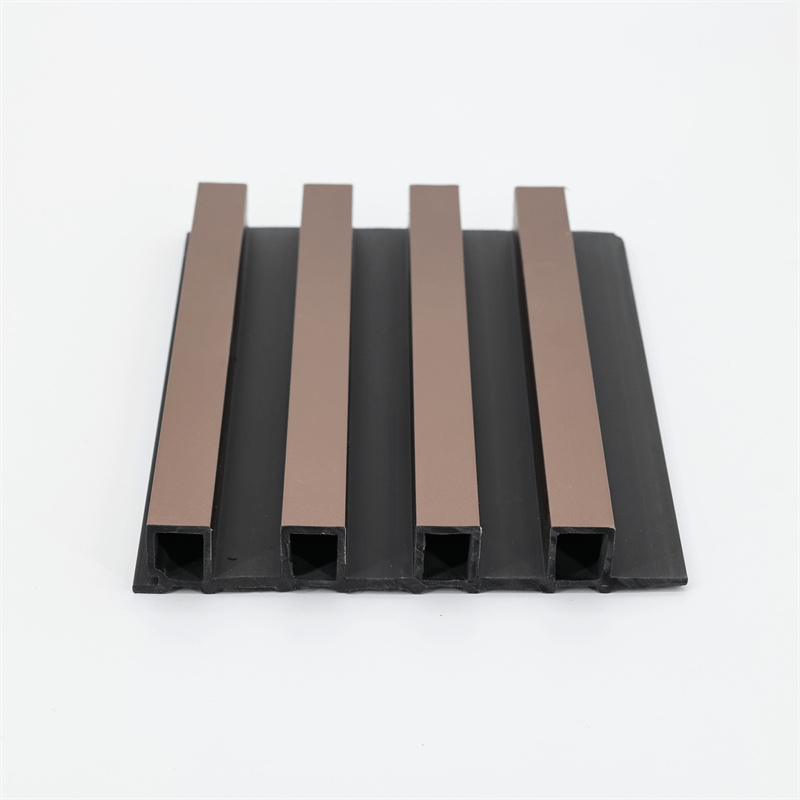In the world of commercial architecture, aesthetics and durability are two key factors that influence the design and construction of buildings.
As technology continues to advance, architects and builders are constantly seeking innovative solutions to enhance the visual appeal and longevity of commercial structures.
One such solution gaining popularity is the use of Wood-Plastic Composite (WPC) wall panels.
WPC wall panels combine the natural beauty of wood with the durability and versatility of plastic, offering a range of benefits that make them an attractive choice for enhancing the aesthetics and durability of commercial buildings.
I. The Aesthetics of WPC Wall Panels:
WPC wall panels provide architects and designers with a wide array of aesthetic possibilities.
With their natural wood-like appearance, WPC panels can add warmth, texture, and visual interest to commercial spaces.
These panels are available in various colors, patterns, and finishes, allowing for customization to suit the specific design requirements of a building.
Furthermore, WPC wall panels can be easily molded and shaped into different profiles and dimensions, enabling architects to explore creative design concepts.
Whether it’s a sleek and modern office building or a rustic-themed retail space, WPC panels can be adapted to achieve the desired aesthetic style.
Additionally, the availability of accessories such as trims and moldings ensures a seamless and polished look for the finished installation.
II. The Durability of WPC Wall Panels:
Commercial buildings face constant wear and tear due to heavy foot traffic, exposure to the elements, and other environmental factors.
Durability is therefore a crucial consideration in the construction and maintenance of such structures. WPC wall panels offer exceptional durability that surpasses traditional wall cladding materials.
Firstly, WPC panels are highly resistant to moisture, making them ideal for areas prone to humidity, such as bathrooms, kitchens, and swimming pool enclosures.
Unlike natural wood, WPC does not rot, warp, or decay when exposed to moisture, ensuring that the panels retain their structural integrity and visual appeal over time.
Secondly, WPC wall panels are resistant to UV radiation, which can cause fading and discoloration in other materials.
This feature makes them suitable for both indoor and outdoor applications, as they can withstand prolonged exposure to sunlight without compromising their appearance.
Furthermore, WPC panels have excellent resistance to impact, scratches, and stains.
This makes them particularly suitable for high-traffic areas such as lobbies, corridors, and retail spaces where the walls are susceptible to accidental damage.
III. Environmental Benefits of WPC Wall Panels:
In addition to their aesthetic and durability advantages, WPC wall panels also offer environmental benefits.
As a composite material, WPC incorporates recycled wood fibers and recycled plastics, reducing the demand for virgin timber and plastic, thus contributing to the conservation of natural resources.
Moreover, the production process of WPC panels consumes less energy compared to traditional materials like concrete or ceramic tiles.
This reduced energy consumption helps to mitigate the carbon footprint associated with building construction and contributes to sustainable practices.
WPC wall panels are also recyclable at the end of their lifespan, further minimizing waste and environmental impact.
This makes them a greener alternative to materials that end up in landfills after demolition or renovation.
IV. Installation and Maintenance Considerations:
The installation and maintenance of WPC wall panels are relatively straightforward, offering additional advantages to architects, builders, and building owners.
These panels are lightweight, which simplifies handling and reduces the overall load on the building structure.
They can be easily cut, drilled, and installed using standard tools and techniques, saving time and labor costs during the construction process.
In terms of maintenance, WPC wall panels require minimal effort. They do not require painting, staining, or sealing like natural wood, which reduces long-term maintenance costs.
Regular cleaning with mild soap and water is sufficient to keep the panels looking their best.
This ease of maintenance makes WPC an attractive option for busy commercial spaces, where time and resources dedicated to maintenance must be minimized.

Wood-Plastic Composite (WPC) wall panels offer a compelling solution for enhancing the aesthetics and durability of commercial buildings.
Their natural wood-like appearance, customizable design options, and versatility make them an excellent choice for creating visually appealing spaces.
The exceptional durability of WPC panels, including resistance to moisture, UV radiation, impact, scratches, and stains, ensures that the architectural vision can be sustained over time.
Additionally, the environmental benefits and ease of installation and maintenance further enhance the appeal of WPC as a wall cladding material for commercial buildings.
By incorporating WPC wall panels into their designs, architects and builders can achieve both aesthetic excellence and long-lasting functionality, thereby elevating the overall quality of commercial architecture.
In conclusion, the use of Wood-Plastic Composite (WPC) wall panels in commercial buildings offers a harmonious combination of aesthetics and durability.
These panels provide architects and designers with a wide range of design options, allowing them to create visually stunning spaces that align with the desired aesthetic style.
Moreover, the exceptional durability of WPC panels ensures that the beauty of the design is preserved over time, even in high-traffic areas or challenging environmental conditions.
Beyond their visual appeal and durability, WPC wall panels offer environmental benefits that contribute to sustainable building practices.
By utilizing recycled wood fibers and plastics, the demand for virgin materials is reduced, helping to conserve natural resources.
Additionally, the energy-efficient production process and recyclability of WPC panels minimize waste and carbon emissions, promoting a greener approach to construction.
Furthermore, the installation and maintenance of WPC wall panels are simple and cost-effective.
Their lightweight nature simplifies handling and reduces the load on the building structure, while the low maintenance requirements save time and resources in the long run.
As the commercial architecture industry continues to evolve, the integration of innovative materials like WPC wall panels allows for the creation of functional, visually appealing, and sustainable spaces.
Architects, builders, and building owners can benefit from the unique combination of aesthetics and durability that WPC panels provide, resulting in enhanced commercial buildings that stand the test of time.
In conclusion, the utilization of WPC wall panels is a step forward in enhancing the aesthetics and durability of commercial buildings.
By combining the natural beauty of wood with the resilience and versatility of plastic, these panels offer architects and designers a wide range of design options.
Their durability ensures that the aesthetic appeal is maintained even in challenging conditions, while their environmental benefits and ease of installation and maintenance make them a practical choice for sustainable construction.
With the use of WPC wall panels, commercial buildings can achieve both visual excellence and long-lasting functionality, elevating the overall quality of architectural design in the commercial sector.


